…Meanwhile, in a remote village somewhere on the Hungarian plains…
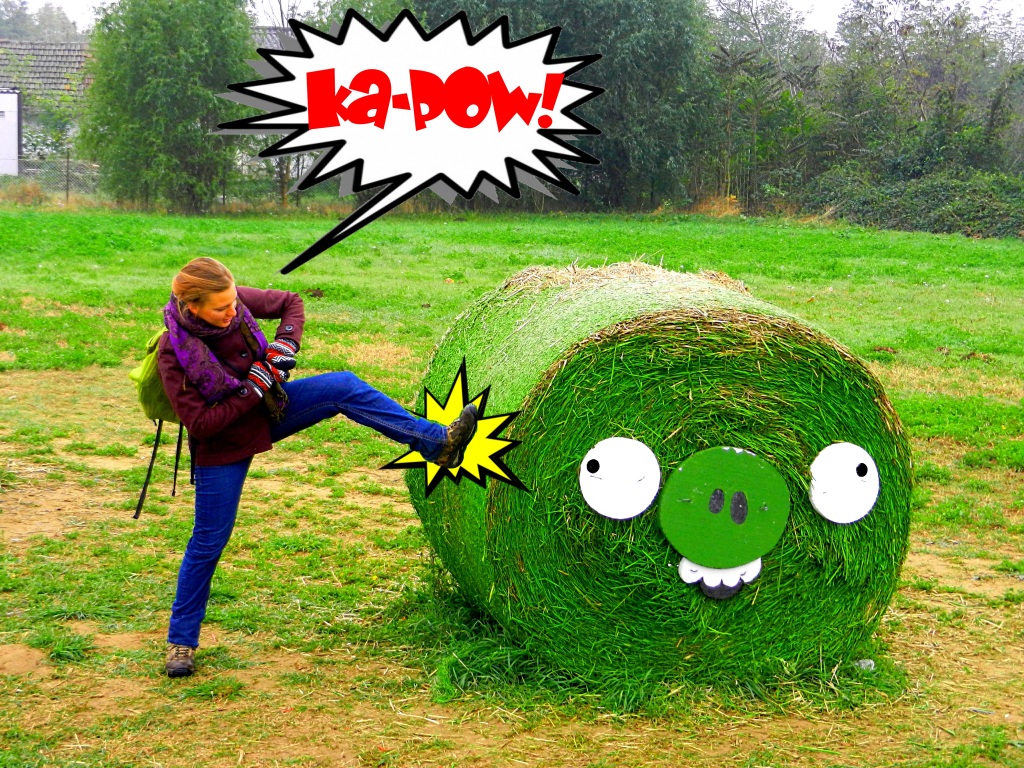
Yes indeed, that was a straw bale dressed up to look like a pig from the video game Angry Birds, but wait, we’ve got the WHOLE collection!
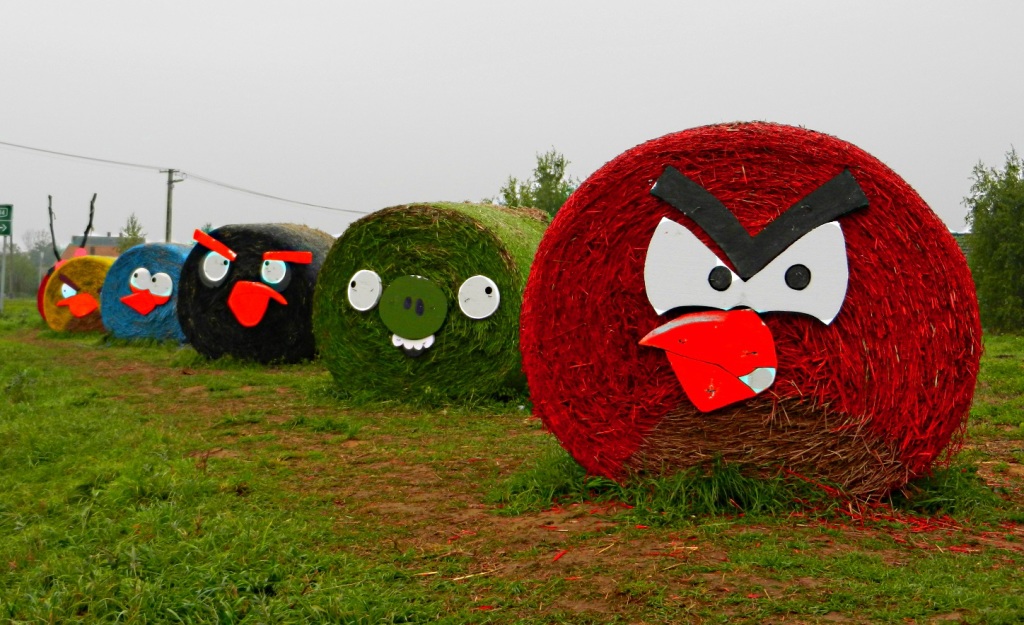
The tiny village of Tiszaigar, population of 946, is a cheery, little community near Tisza Lake in the Great Plains of Hungary, a two-hour drive east of Budapest. The Tisza people take great pride in their hometown, keeping it clean, building a beautiful fountain garden, and taking care to decorate according to the holidays. This year there was no particular theme but they chose to create several straw bale Angry Birds characters (including the giant slingshot), a straw bale Mater the Tow Truck from the movie Cars, and a maze for the kids to wander around in and get lost for hours. What were we doing in a wacky place like this you may ask?
Mary is a nice, Australian lady who found that her heart belonged in Europe and decided to bravely pack her bags to move there. She found a place to hang her hat in Hungary, a quaint, traditional home almost a hundred years old within the village of Tiszaigar. This was once a family home with three rooms and two fireplaces, stencilled designs on the walls and tiles, ornate oak furniture, and two-foot thick, mud-brick walls. I had no idea that Hungary used mudbricks, a mixture of mud, sand, and straw that is baked in the sun, as a building material. The broad walls, along with double doors and windows, provide a pretty decent insulation value for the home. The mud bricks can disintegrate when wet, but when covered with a layer of stucco they can last… well, around 100 years!
Mary had undertaken the ambitious task of renovating the place, and with the melting wall, collapsed shed, overgrown yard, and fried electrical, there was a ton of work to be done. On TOP of all that, a 5 week old kitten was found within Mary’s yard, mewing her little lungs out, lost and alone. Mary had no choice but to take this fuzzy little fella in and raise it herself.
So again, back to the question: what were WE doing there? To help out, of course, in any way we could. We contacted Mary through workaway for a place to work and stay, and Mary generously obliged. She made wonderful food, mulled wine and gave us time off for a little exploring of our own.
Our first tour was a quick and simple trip to Tiszafüred, a slightly larger version of Tiszaigar (13 000 more people). We were a bit disappointed when it came to tourist attractions in the area, but the natural hot spring spa was a cheap and wonderful way to spend the afternoon. We lavished many hours floating aimlessly in the steaming pools, letting our minds and bodies relax, wrapped in geothermal heat. Due to the slow time of year we had the entire place to ourselves!
One weekend Ashleigh and I were trying to figure out what to do with our time off when I googled upon Eger: a medieval town known as the Christian and wine capital of Hungary, only an hour’s drive north-west of Tiszaigar. It doesn’t seem to matter how secluded a place is on our travels, there’s always something interesting nearby to find!
The first thing we did when we arrived in Eger was to climb castle hill and explore the fortress (I’m still not tired of them). In 1009 the first Christian King of Hungary, St. Stephen, founded Eger as a bishopric or religious centre. After this, the first building to be raised on castle hill was a cathedral, which was then secured by heavy fortifications– an endeavour to protect Hungary’s important, Christian capital.

Eger Castle is most famous for a period in the 16th century, when the Turkish invasion was in full swing. Having conquered the fortress at Budapest, the Turks turned their attention to their next possible threat: Eger’s mighty castle. A force of 40 000 Turkish soldiers confidently marched on to Eger, which only held 2300 defenders. For five weeks the Turks besieged Castle Eger to no avail, receiving heavy casualties and in the end retreating from the fight. This incredible battle was immortalized in Géza Gárdonyi’s world-famous historical novel, “The Eclipse of the Crescent Moon“. Unfortunately, after freshening up, the Turkish army marched again on Eger castle and claimed their victory.
The high ramparts and towers of Eger still stand, but the cathedral is long gone and its ruined foundations are all that remain. We had a lovely stroll along the high ramparts, up a few towers and into a couple interesting museums, including the István Dobó Castle Museum and the Art Gallery, which has one of the finest art collections in Hungary.
Whilst enjoying the views of the city, I spied a Turkish minaret a little ways off and knew that’s where I wanted to go next. While travelling through Turkey, Ashleigh and I heard the call of prayer five times daily from the top of these thin towers and I had always wanted to see what it was like to be inside.
Eger boasts one of the northernmost Turkish monuments left behind from the Ottoman Empire, and though the mosque that used to be attached no longer exists, the minaret still stands and provides a bird’s eye view of the city below. Going up the spiral staircase within the minaret was a task, but going down was laborious– the spire was so narrow that I could barely fit in with my small backpack and while descending I would often crack my skull on the stone stairs above me. The staircase curved so rapidly that my head was spinning when I finally got to the top of the tower, but the view was so fantastic I couldn’t help but sing my own call to prayer!
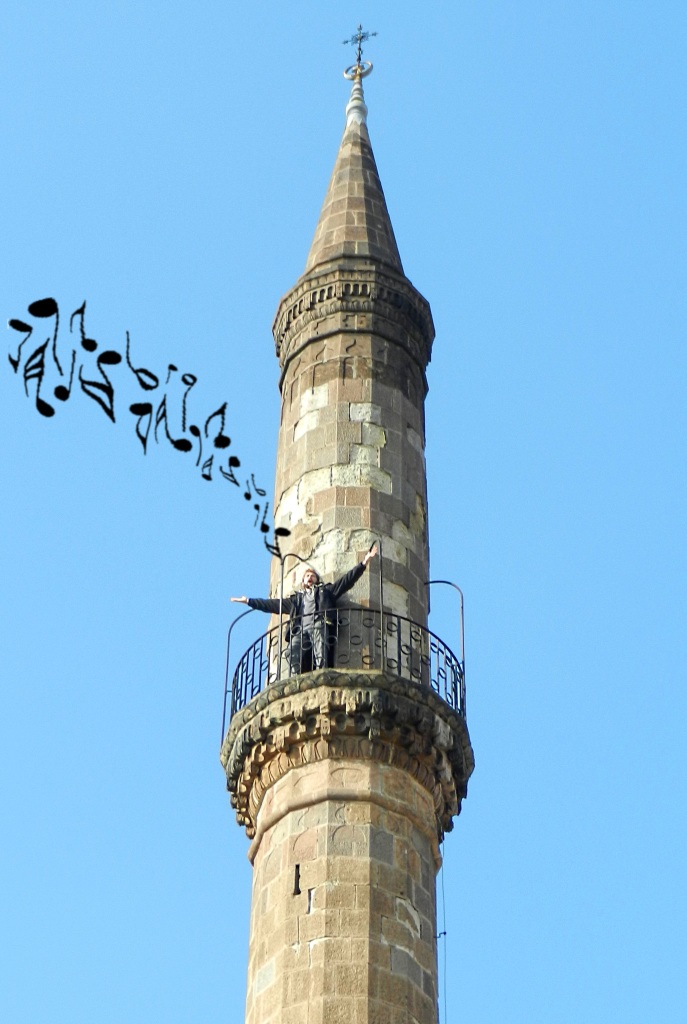
Eger’s Basilica was a hard one to miss. On top of being the second largest cathedral in Hungary, St. John’s Basilica was both awesome and elegant, a marvellous Classicist-style structure guarded by Lord-of-the-Rings-esque statues including “Warrior Monk with Large Sword” and one that I could have sworn was “Gandalf the Grey”. The interior impressed me with its vast halls and epic murals depicting Hell, Armageddon and all the glory of God.
Having had a pretty fantastic day we decided to reward ourselves by staying overnight in the city and gorging ourselves on Eger’s popular “Bull’s Blood” red wine. The story behind the name suggests that during the Turkish siege on Eger in 1552, the Hungarian commanders tried to increase the moral of their small group of soldiers by serving delicious food and a lot of red wine. It was rumoured among the Turkish soldiery that bull’s blood was mixed in with the wine, which gave the Hungarian forces the strength to fight against such terrible odds. The people of Eger are very proud of this history, but they are especially proud of their wine.
On our final night in Tiszaigar, Mary’s generous neighbours, Coby and Klaas, invited us over for drinks and conversation. They told us a lot of their previous home in Holland, even let me try on their traditional Dutch wooden shoes, and it made me look forward to our future visit to the Netherlands (I hope we get there).
We have been blessed with meeting such wonderful people on our trip that have taken care of us silly, wandering Canadians, so far away from home. I hope that one day we can open up our house to travellers and give them the same hospitality that we have been granted. Our time for going home was still far away, however, and our time in Tiszaigar was at an end. The next morning, after saying goodbye to our new friends (and giving the little kitten a pat), we boarded the train bound for Budapest.


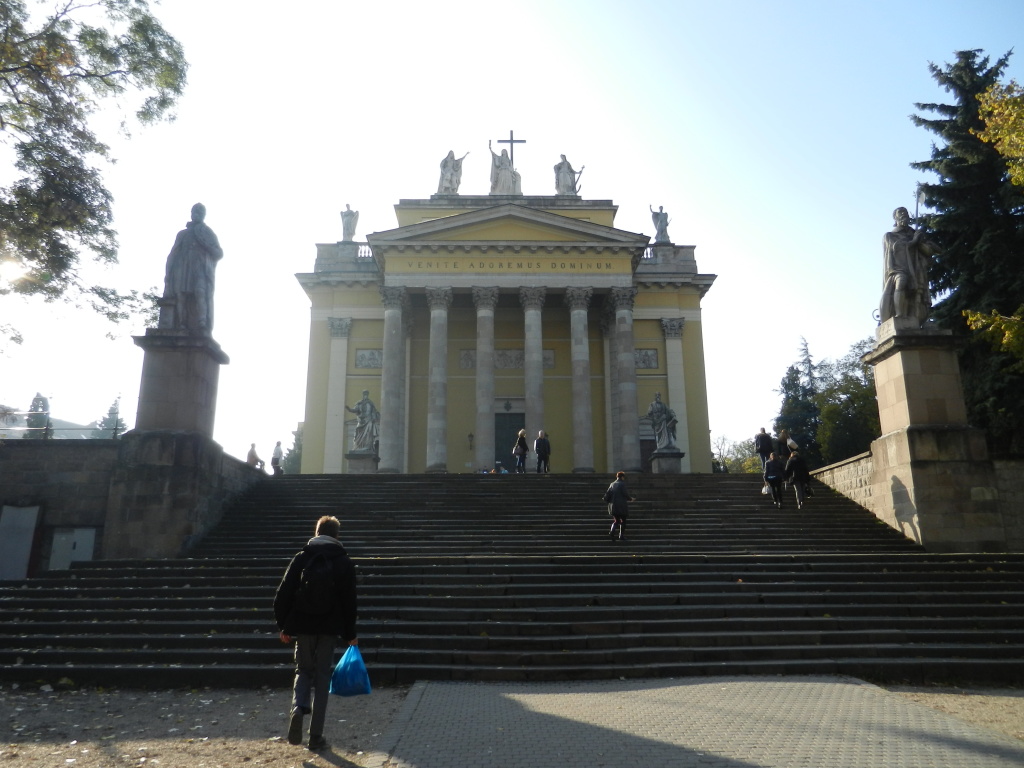
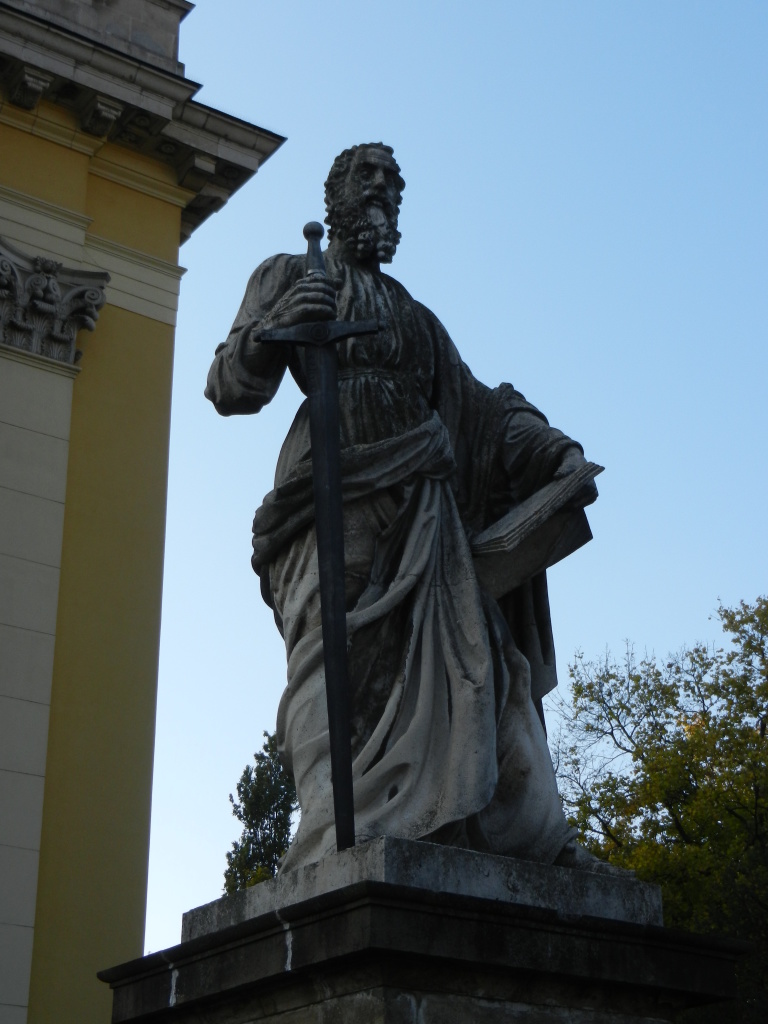
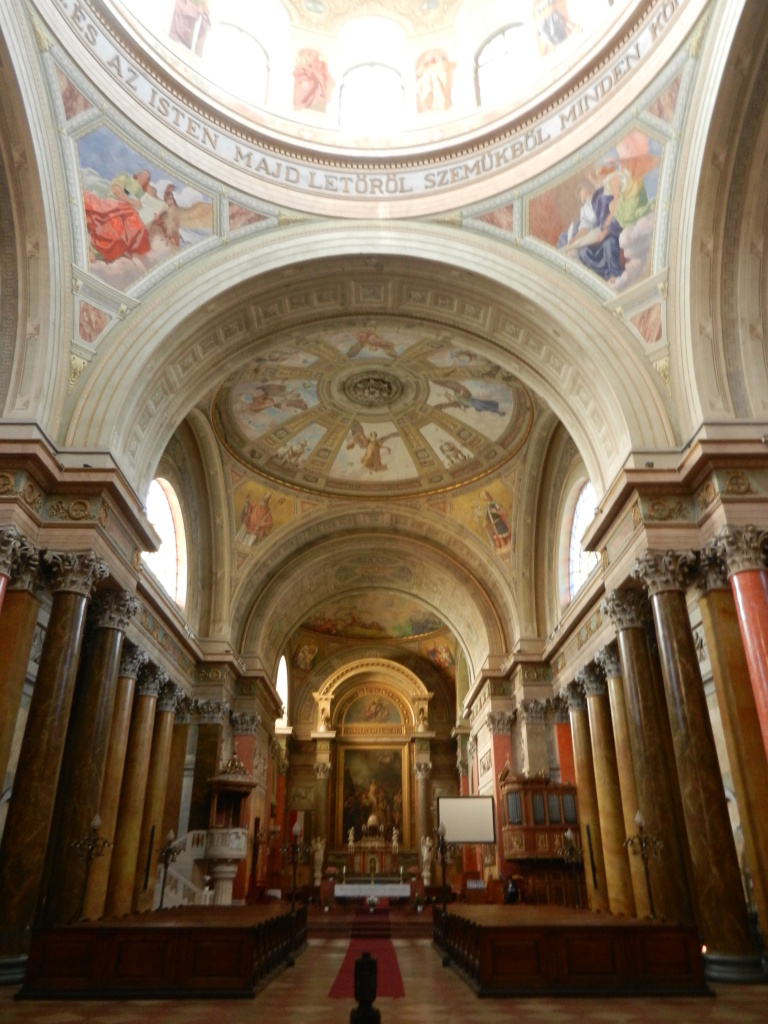
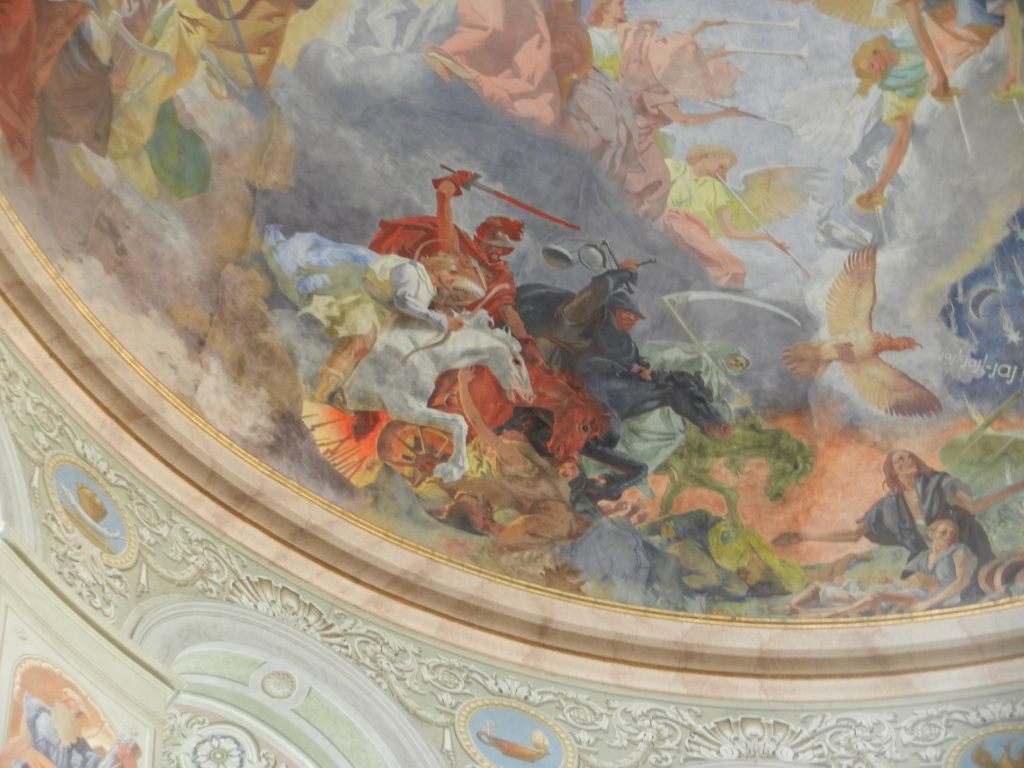
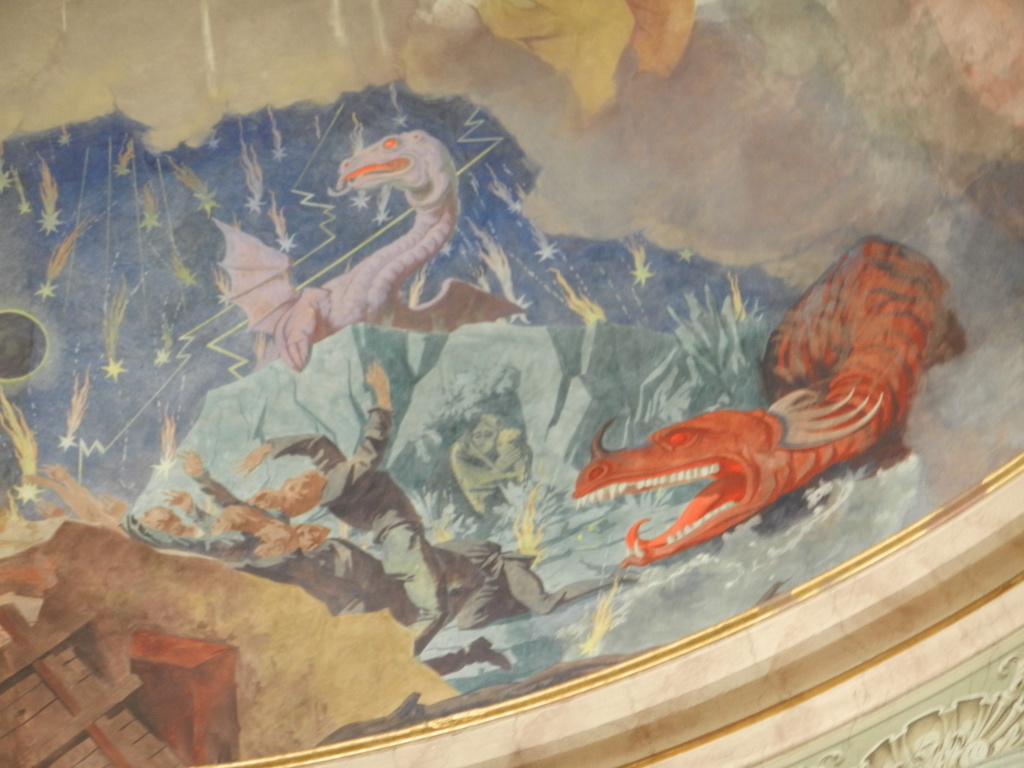
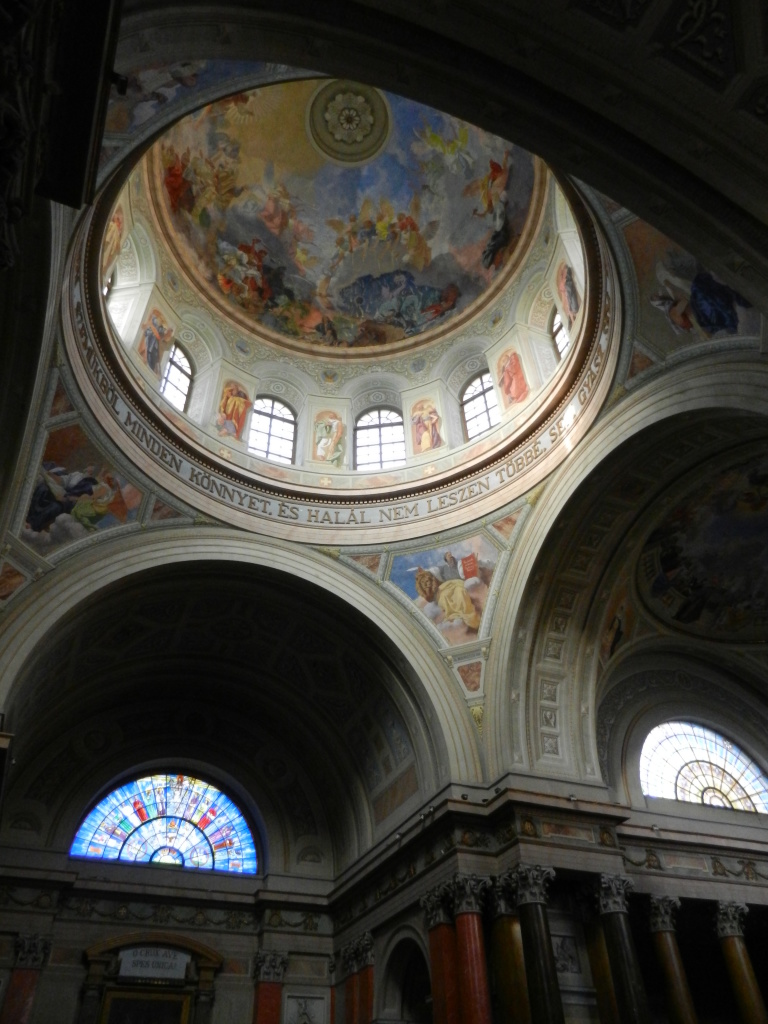

It is so wonderful to have met so many interested people and share in the lives they lead. I love musical notes from Nat on the tower. lol (both meanings)
Ha ha, thanks Cindy, “lots of love”!